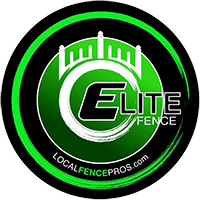How Much Does a Fence Cost in Columbus Ohio?
Understanding the Key Factors That Influence Fence Cost in Columbus OH
Fences are a valuable addition to any property. Not only do they provide privacy and security, but they also enhance the visual appeal of your yard or garden. In Ohio, the fence cost Columbus OH can vary greatly depending on several factors such as the material you choose, the size of the fence, the terrain, and the region you're in. Knowing the potential costs in advance can help you budget and make informed decisions for your fencing project.
In this comprehensive guide, we’ll break down the cost factors associated with fence installation in Ohio, with a specific focus on Columbus. We'll also discuss common materials, local regulations, and cost-saving tips to ensure you're fully prepared for your fencing project.
Table Of Contents:
- When Do You Need a Fence?
- Factors Influencing Fence Costs in Columbus, OH
- Pricing Ranges for Various Fence Materials
- Impact of Size and Length on Overall Cost
- Average Installation Costs in Columbus, OH
- Permits and Regulations in Columbus
- Impact of Terrain and Landscape on Costs
- Additional Features Affecting Cost
- Seasonal Fluctuations in Fencing Prices
- Budget-Friendly Options and Tips
- Frequently Asked Questions (FAQ)
- Conclusion
When Do You Need a Fence?
Fencing serves multiple purposes beyond just adding aesthetic value to your property. Deciding whether you need a fence depends on your unique circumstances, preferences, and needs. Here are some common reasons why homeowners in Ohio choose to install fences:
Privacy
If you live in a densely populated neighborhood or near a busy street, a fence can provide the privacy you desire. Solid materials like wood or vinyl can block the view into your yard, offering a secluded outdoor space where you can relax or entertain guests without feeling exposed.
Security
For many homeowners, a fence serves as a first line of defense against intruders. Taller fences made from strong materials like steel or aluminum can help deter burglars and provide peace of mind. Fences also help contain pets and children, preventing them from wandering off your property.
Boundary Definition
Marking the boundaries of your property is essential, especially if you live close to neighbors. A fence can help avoid disputes about property lines and ensure that everyone is aware of their space. This is particularly important in suburban or urban settings where properties are closely packed.
Aesthetic Appeal
A well-designed fence can significantly boost your home’s curb appeal. Decorative fences made from vinyl, aluminum, or wood can complement your home’s architecture and landscape design, adding visual interest to your property. Whether you prefer a rustic wood fence or a sleek, modern aluminum design, the right fence can enhance the overall look of your yard.
Noise Reduction
If you live near a busy road or in a loud neighborhood, a fence can help reduce noise. Solid fencing materials like wood or vinyl act as sound barriers, muffling noise from outside and creating a quieter, more peaceful environment in your yard.
Increasing Property Value
A professionally installed fence can increase your home’s value. Many potential buyers see a fenced yard as a valuable feature, especially if they have children or pets. While fencing may require an initial investment, the added property value and curb appeal can make it a worthwhile endeavor.
Safety
For homes with pools, ponds, or other potentially hazardous features, installing a fence is often a necessity for safety reasons. Many local municipalities require pool owners to install a fence around their pool to prevent accidents and ensure safety, particularly for children.
Homeowners’ Insurance
In some cases, installing a fence can even reduce your homeowners’ insurance premiums, particularly if the fence improves security or safety features on your property. Check with your insurance provider to see if adding a fence could lower your rates.
Factors Influencing Fence Costs in Columbus, OH
The overall cost of your fence project can be influenced by a variety of factors. Whether you’re aiming for a decorative vinyl fence installation, or a sturdy chain link fence install, the following elements can significantly impact your budget:
Material Cost
The cost of fence materials is often the single biggest expense. Each material comes with its own price range, lifespan, maintenance requirements, and aesthetic appeal. From natural wood to metal and synthetic materials, the choice you make will significantly influence the total cost of your fence.
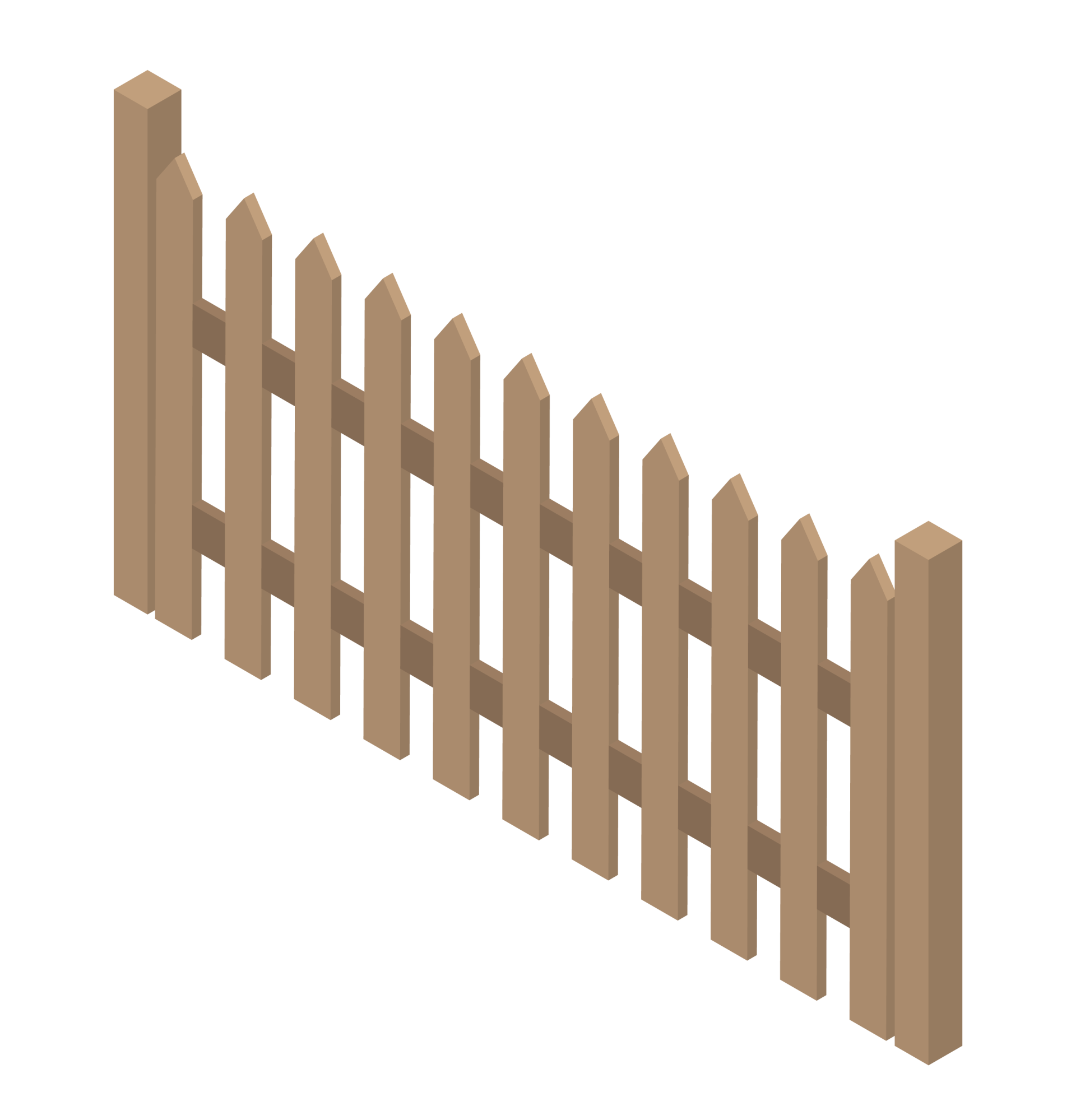
Wood
Wood fence installation is one of the most popular choices for homeowners, especially due to its traditional look and affordability. The average wood fence cost ranges between $15–$30 per linear foot, depending on the type of wood used. However, this option does require regular maintenance to prevent rot and weather damage, particularly in regions like Ohio, where the climate can be harsh.
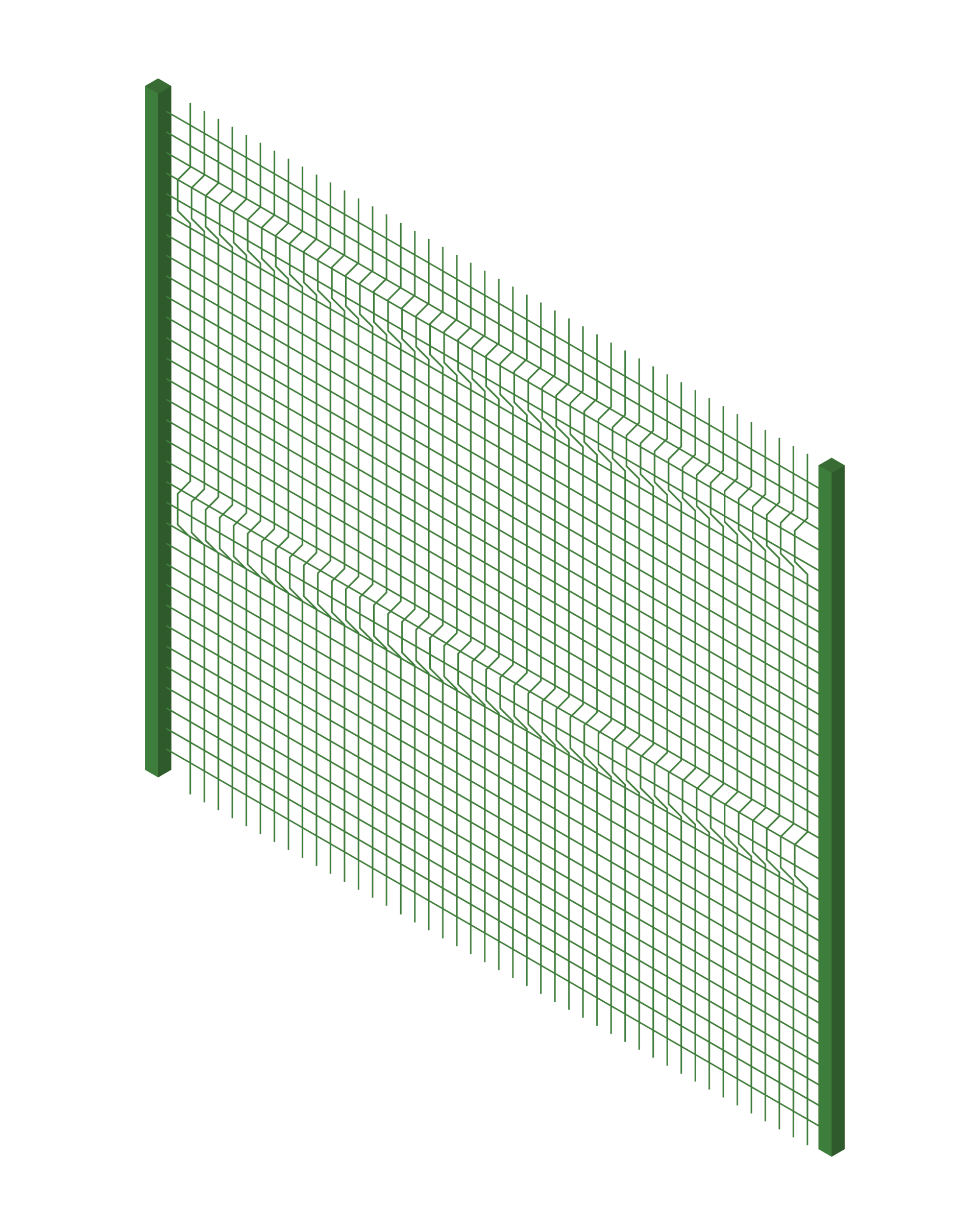
Chain Link
For those looking for an economical option, chain link fence installation is one of the most budget-friendly. Chain link fences are known for their durability and low maintenance, making them a practical choice for large properties. While the industrial look may not appeal to everyone, adding slats can increase privacy while still keeping the cost low.
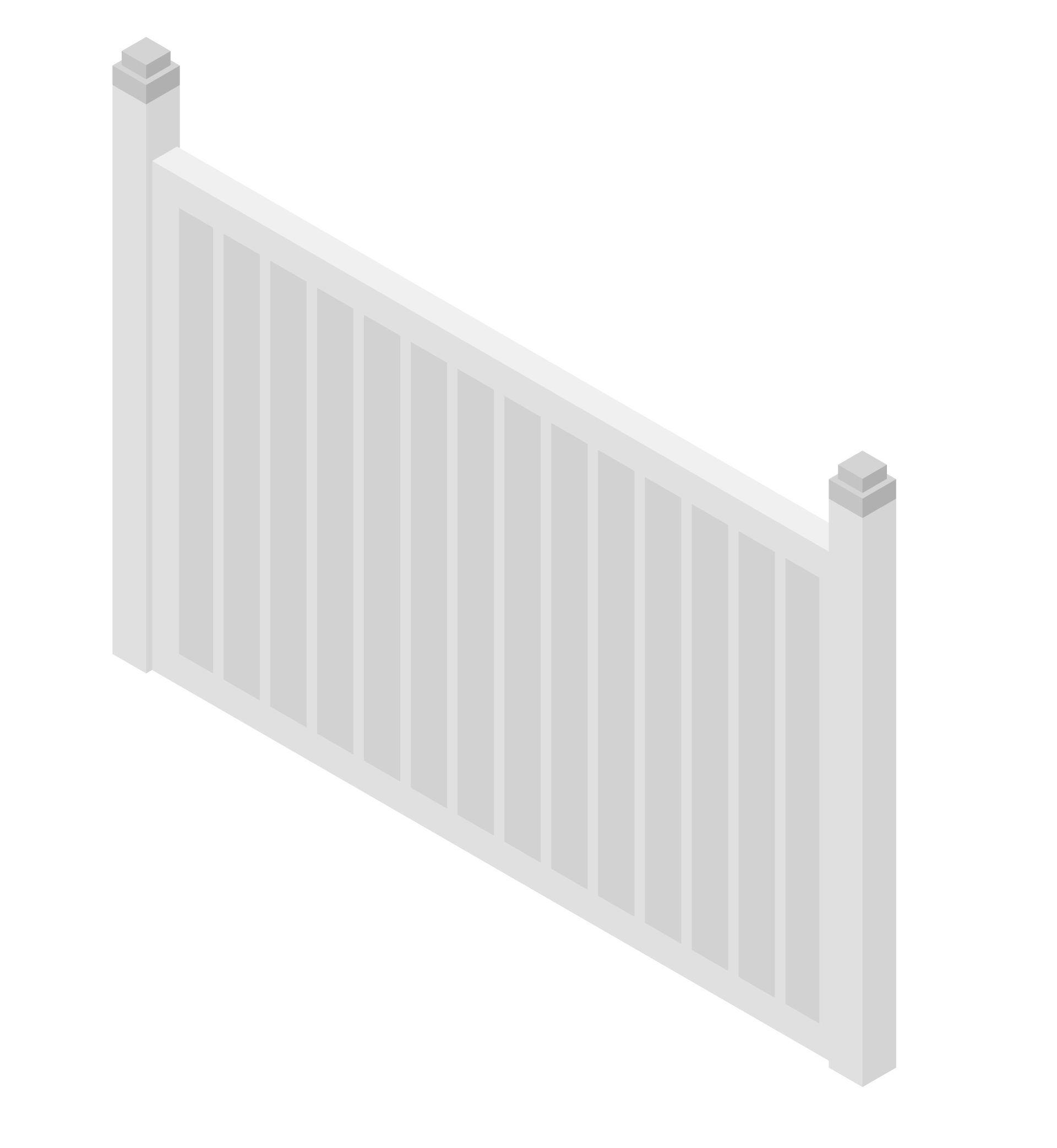
Vinyl
Vinyl fences are a great mid-range option, priced between $25–$35 per linear foot. Vinyl offers the appearance of wood without the same level of maintenance and can last decades if properly maintained.
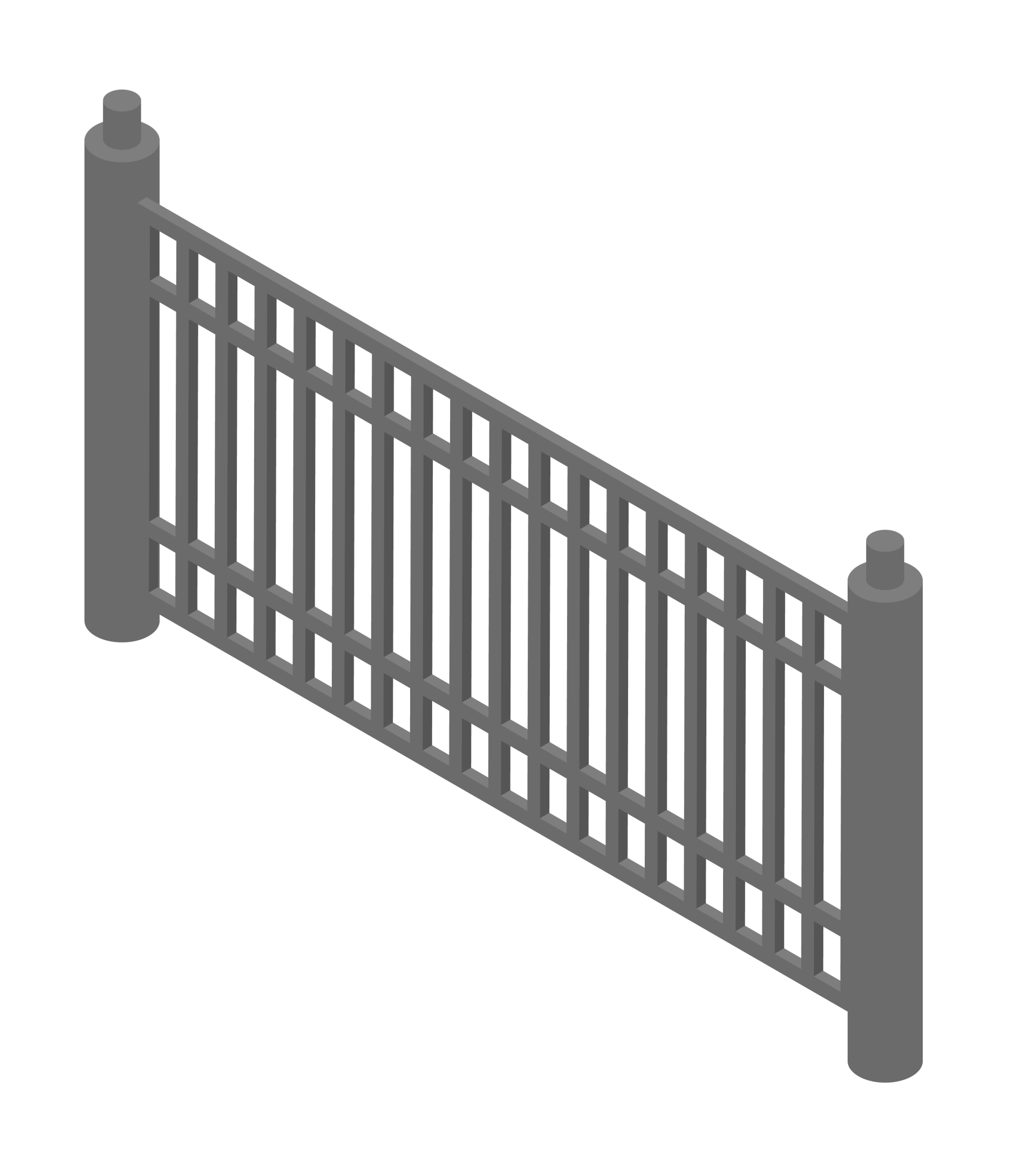
Aluminum
Priced between $30–$40 per linear foot, aluminum fences offer durability and a sleek, modern look. They are rust-resistant and require little maintenance.
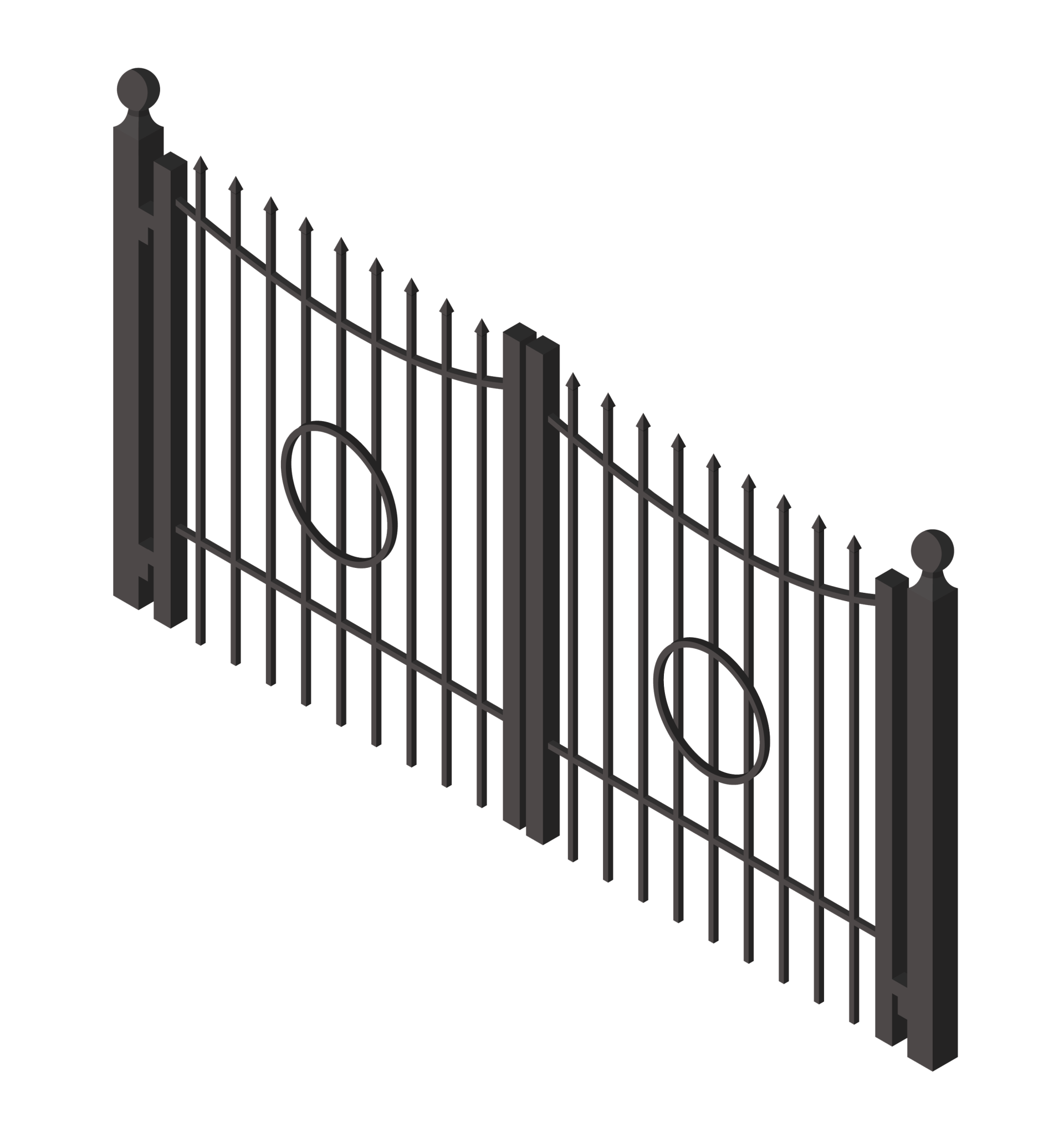
Steel
As the premium choice, steel fences cost between $40–$50 per linear foot. Steel is known for its strength, longevity, and ability to withstand harsh weather conditions, but it comes with a higher price tag.
What sets us apart:
Material Availability
Depending on where you live in Columbus, fence materials may vary in availability, impacting costs. Some materials, such as high-quality vinyl or steel, may not be as readily available, which could lead to increased shipping fees and potential project delays. A professional fence company will be able to source these materials and provide guidance on the best options based on availability and your specific needs.
Difficulty of the Job
The complexity of the job can also add to the expense. Installing a fence in rocky, uneven, or sloped terrain requires more labor and time. If additional preparation is needed, such as clearing brush or leveling the land, these factors will drive up the cost. Additionally, installing a fence in tight or hard-to-access areas can be more labor-intensive, further raising the price. Whether you’re looking to install a pet fence or a privacy fence, your property’s landscape will play a role in determining how easy or difficult the job will be.
We Install Fences: Contact Us for a Free Quote
At Elite Fenc, we’re all about top-notch craftsmanship, superb fence material, happy customers, and fences that stand the test of time!
With us on your side you can transform your property with stunning fencing services that stand out!
Are you ready to make your dream fence a reality? Let’s get started. Contact us today for a free consultation and quote on quality fences!
Price Ranges for Various Fence Materials
There’s a wide range of fencing materials available, each suited to different purposes and budgets. Here’s a closer look at how these materials are categorized:
Affordable Materials: Wood and Chain Link
- Wood: Wood fences are one of the most popular options due to their affordability and traditional look. However, they require regular maintenance, such as staining or painting, to prevent rot and weather damage. For Ohio homeowners, the humid climate can speed up wood degradation, so you should factor in long-term maintenance costs.
- Chain Link: Chain link fences are low-cost, functional, and durable. They are an excellent choice for large properties that require perimeter fencing. While not particularly decorative, chain link fences can be enhanced with slats for privacy or vinyl coatings for aesthetic appeal.
Mid-Range Options: Vinyl and Aluminum
- Vinyl: Vinyl fencing provides an attractive alternative to wood, offering the same visual appeal without the need for regular maintenance. It is also resistant to rot, insect damage, and warping. Vinyl’s long lifespan makes it a cost-effective choice in the long run, though its upfront cost is higher than wood or chain link.
- Aluminum: Aluminum fences are often used for decorative purposes, providing a sleek, modern look. They are rust-resistant, lightweight, and require minimal upkeep. While more expensive than wood or chain link, aluminum fences provide long-term value thanks to their durability.
Higher-End Material: Steel
Steel: Steel fences are a top-tier choice due to their strength and longevity. Steel is often used for security purposes, as it is extremely durable and resistant to damage. However, it is also the most expensive material on the market, making it less common for residential use unless a high level of security is required.
Impact of Size and Length on Overall Cost
The total size of your fence is another critical factor when calculating the overall cost. Fences are usually priced by the linear foot, so the larger the area you need to enclose, the higher your costs will be.
Height of the Fence
Fences come in various heights, and the taller the fence, the more materials are needed, which can increase the price significantly. Standard residential fences are typically 4-6 feet tall, but you may opt for taller fences for privacy or security, which will cost more.
Lineal Footage
Lineal footage refers to the total length of the fence. Larger properties or more complex layouts require more materials, which will increase both material and labor costs. Accurate measurement of your property’s perimeter is crucial to getting an accurate estimate for your fencing project.
A professional Columbus fence company will measure your property’s perimeter and give you an estimate based on your chosen material and design. The longer your fence, the more you’ll pay in both materials and labor.
Average Installation Costs in Columbus, OH
Fence installation costs vary depending on a range of factors. Here’s a look at average prices in Columbus, OH:
Factors Affecting Installation Costs
Several factors influence installation costs, such as labor rates, the complexity of the terrain, and any additional custom features. In Columbus, professional fence installers may charge higher rates during peak seasons or for more difficult installations (e.g., hilly or rocky landscapes).
Cost Breakdown by Material and Footage
For a typical 150-foot fence in Columbus, here’s an average cost breakdown:

$1,500–$3,000
CHAIN LINK

WOOD FENCE
2,250–$4,500

VINYL
$3,750–$5,250

ALUMINUM FENCE
$4,500–$6,000

Steel
$6,000–$7,500
Permits and Regulations in Columbus
Before installing a fence, it's important to understand the permitting process and any local regulations that may apply.
Permit Requirements for Municipalities
Most municipalities in Ohio require a permit for fence installations, especially if the fence exceeds a certain height (typically 6 feet). The cost of these permits can range from $50 to $150 depending on your location.
Homeowner’s Association Considerations
If you live in a community governed by a Homeowner’s Association (HOA), you may need to seek approval before installing a fence. HOAs often have strict guidelines regarding fence height, color, and material, so be sure to review your HOA’s rules before starting your project.
Impact of Terrain and Landscape on Costs
The landscape of your property can play a major role in the overall cost of installing a fence.
Additional Costs for Difficult Terrains
Fencing on sloped or rocky terrain is more difficult and time-consuming, which can increase labor costs. If your yard has an uneven surface or obstructions like large rocks, additional labor and equipment may be required to level the area or remove obstacles.
Expenses for Brush Clearing and Obstacles
If your property is surrounded by thick brush, trees, or other obstacles, you may need to clear the area before installation can begin. The cost of clearing brush, removing tree roots, or dealing with underground utilities can add several hundred dollars to your project.
Additional Features Affecting Cost
Additional features can also influence the overall cost of your fence.
Gates and Their Pricing Implications
Adding gates to your fence will increase the total cost, depending on the size, material, and locking mechanism. A simple gate might cost $150, but a custom-designed gate with electronic locking mechanisms could cost upwards of $500.
Custom Decorative Options
If you’re looking to enhance your fence with custom features like lattice work, decorative post caps, or unique staining or painting, expect to pay extra. Custom features can add beauty and personality to your fence, but they come with additional costs.
Seasonal Fluctuations in Fencing Prices
Fence prices can fluctuate throughout the year, depending on demand and material availability.
Year-Round Pricing Stability
While fencing material costs tend to remain stable throughout the year, the cost of labor can vary significantly. During peak installation months (spring and summer), labor prices tend to be higher due to increased demand.
Best Times to Purchase
If your property is surrounded by thick brush, trees, or other obstacles, you may need to clear the area before installation can begin. The cost of clearing brush, removing tree roots, or dealing with underground utilities can add several hundred dollars to your project.
Budget-Friendly Options and Tips
There are several ways to keep your fencing project within budget without sacrificing quality.
Choosing Cost-Effective Materials
Opting for less expensive materials such as chain link or wood can help reduce your upfront costs. While these materials may require more maintenance, they provide an affordable fencing solution.
Simplifying Design and Layout to Save Money
Simplifying your fence design can also reduce costs. A basic, straightforward layout without extra gates, corners, or decorative elements will keep labor and material costs down.
Frequently Asked Questions (FAQ)
Do I need a permit to install a fence in Ohio?
Yes, most municipalities in Ohio require a permit to install a fence. It's important to check your local building codes to understand the permit requirements and any regulations about fence height, material, and placement.
What is the cheapest fencing material?
Chain link and wood are generally the most affordable fencing materials. Chain link is typically more durable and requires less maintenance, while wood offers a more natural appearance but may require regular upkeep.
How much does it cost to install a 150-foot fence in Columbus, OH?
The cost varies depending on the material, but for a 150-foot fence, you can expect to pay anywhere from $1,500 to $7,500, depending on the material and complexity of the installation.
How long does it take to install a fence?
On average, fence installation takes 1-3 days. The timeline may extend depending on the size of the project, the complexity of the terrain, and weather conditions.
What factors can increase the cost of my fence?
Several factors can increase your fencing costs, including challenging terrain, custom designs, extra gates, and the need for brush clearing or leveling.
Proudly Serving Central Ohio Communities
At Elite Fence, we’re proud to provide expert fence installation, repair, and maintenance services throughout Columbus and the surrounding areas. Our team understands local regulations, neighborhood styles, and the unique needs of Ohio property owners.
We serve residential and commercial clients in:
And many other Central Ohio communities
Wherever you’re located in the region, we’ll bring high-quality craftsmanship and exceptional service to your property.
Conclusion
Fence cost Columbus OH comes with many variables, from the materials you choose to the complexity of the terrain. By understanding the factors that influence cost, you can plan your project effectively and avoid unexpected expenses. Whether you're looking for a budget-friendly chain link fence or a high-end steel enclosure, researching your options and planning ahead will ensure a smooth installation process.
At Elite Fence, we pride ourselves on delivering high-quality fence installations tailored to your specific requirements. Whether you're looking for a wood, vinyl, or chain link fence, our experienced team is here to help. Contact us today for a free consultation, and let us help you create the perfect fence for your property.
We Install Fences: Contact Us for a Free Quote
At Elite Fenc, we’re all about top-notch craftsmanship, superb fence material, happy customers, and fences that stand the test of time!
With us on your side you can transform your property with stunning fencing services that stand out!
Are you ready to make your dream fence a reality? Let’s get started. Contact us today for a free consultation and quote on quality fences!

